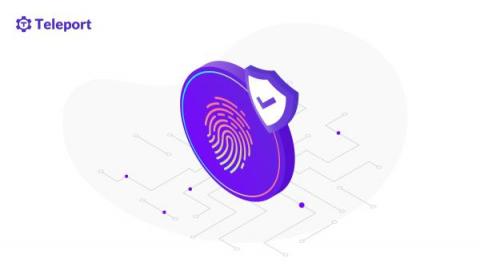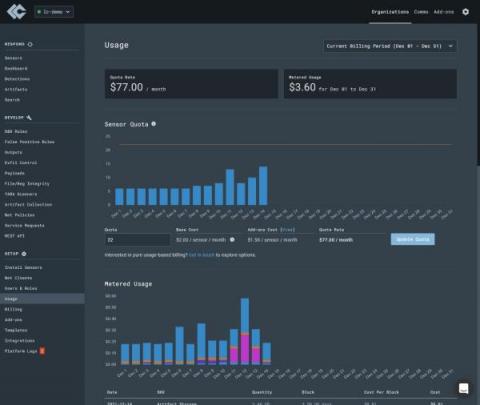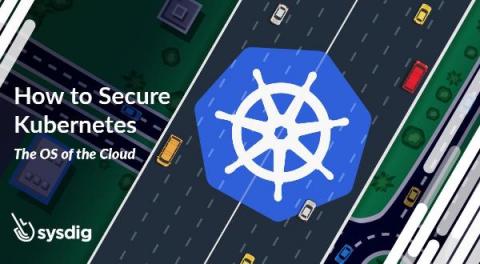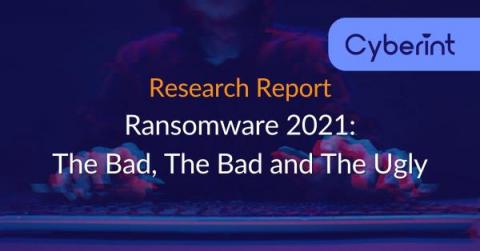Security | Threat Detection | Cyberattacks | DevSecOps | Compliance
Latest News
Introducing ATT&CK Detections Collector
The Splunk SURGe team loves to automate and simplify mundane tasks. Through rapid response blogs, we provide context and analysis on late breaking security events that affect everyone, not just Splunk customers. We are firm believers that through shared knowledge and experience we can help the masses better understand the threat landscape and how they can improve their security posture.
Subscription Payment Models Adopted by Car Manufacturers as a Precursor to Supply-Chain Attacks
Weekly Cyber Security News 31/12/2021
A selection of this week’s more interesting vulnerability disclosures and cyber security news. For a daily selection see our twitter feed at #ionCube24. We’ve been here before right? Many times? I know many countries have or are cracking down on IoT security but would it also cover this market?
Why DevSecOps is Going Passwordless
I talk to a lot of engineers every day. SREs. Systems Architects. Security Engineers. What I am hearing from them is that they are moving away from passwords — both in their personal lives, opting for more secure forms of authentication like biometrics and second factors, and at work. It just doesn’t make sense anymore to protect your personal bank with a second factor, but to share around an SSH key to access critical server infrastructure.
December Developer Roll Up
We are squeaking this one in under the wire as we say goodbye to the second full year in this long pandemic. It has been a busy year with lots of new features and improvements. To get the new year started right we are putting on a joint webinar with our friends at Tines. As we go into 2022 we do so with hope and optimism that we will start moving towards a brighter future for all.
Arctic Wolf's 2021 Year in Review
How to Secure Kubernetes, the OS of the Cloud
As infrastructures and workloads transition to cloud and teams adopt a CI/CD development process, there is a new paradigm shift: infrastructure is becoming code. This approach of treating infrastructure as code (IaC) is incredibly powerful, brings us many advantages, and enables transformative concepts like immutability. We define infrastructures in a declarative way and version them using the same source code control tools (in particular git) that we use for our application code.











